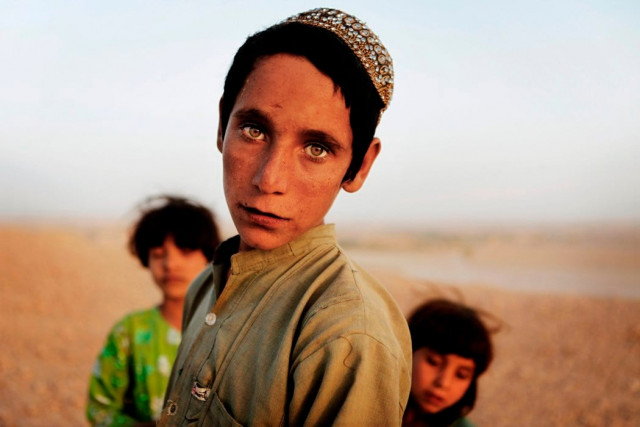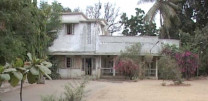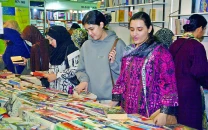Children in chains
Low spending on education is Pakistan’s bane and one of the primary reasons for the surge in juvenile crimes.

Children in chains
In 2010, the number of children jailed was 1,061. About 34 per cent of them were charged with offences against the human body (murder, attempt to murder, assault etc); 25 per cent for property-related offences (theft, robbery etc); 18 per cent for sexual offences; 11 per cent for possession of weapons; and the remaining were charged for possession of drugs and other miscellaneous offences.
It must alarm us to know that the highest percentage are in jail for ‘offences against human body’ and the offenders are all under 18 years of age. One doesn’t have to point out that violence among children is on the upswing, and that this reflects the behaviour pattern of a society in the grip of terrorism.
Almost all children convicted in 2010 were in the 16-18 age-bracket, which tells us of the ‘moment of conversion’ to delinquent behaviour among our children. This is the phase when a child begins to become an adult and develops psychological reactions to society. The proportion placed under property offences points to theft or robbery, when the child ‘compensates’ for the moral disorder and lack of fairness of his community. Weapons are the instruments of his deviant conduct and drugs help him when his felt ‘impotence’ in the face of society drives him into ‘escape’.
There are facts, however, that are even more upsetting. Hina Jillani, lawyer and activist speaking at the launch of the report, pointed out that pre-sentence detentions in most cases were too long — five to eight months — indicating a period of vulnerability where an innocent child may be led to a life of crime. Most of the boys — mercifully, there are very few girls — said they were not produced before the court within 24 hours. There was violation of the law in cases where boys under 15 were given in police custody; and there is evidence of them being tortured and abused. Moreover, regulations were flouted by putting above-18 boy convicts with the children.
Punjab should take note that the highest number of child convicts were in south Punjab, internationally considered a terrorist haven. It is not clear in the reported press conference whether child crime was urban or rural. However, one can be almost sure that the underlying rule is that the bigger the city, the higher the number of children in distress and the higher the incidence of crime. However, one factor also contributes to child-crime in the rural area and that is the decaying infrastructure of primary education.
Large cities have a wandering population of derelict children who sleep under lampposts and indulge in petty crime to survive. If one were to extrapolate, Karachi would be the capital of juvenile crime in Pakistan. This was the city that once had the best educational infrastructure. In rural Sindh, too, the death of the primary school is a recent phenomenon. Hence, expect more juvenile crime and ultimately a swelling of the ranks of adult criminals.
We have not yet taken into account the ‘righteous’ crime based on religious ideals that rarely gets punished. The death of the primary school and the rise of the madrassa have contributed a new trend, not only of suicide bombing over which our clergy is divided, but also of aggressive piety that we take from our childhood into adulthood. The only effective solution is not only prison reforms in the light of reigning law but also the rejuvenation of our non-madrassa state-run schools where children can complete their normal process of growing up with learning and sport.
Low spending on education is Pakistan’s bane. Before the 2008 elections, all politicians said that the country’s problem was primary education. Today, even the 1.2 per cent of the GDP allocated to education doesn’t get properly spent.
Published in The Express Tribune, July 7th, 2011.


















COMMENTS
Comments are moderated and generally will be posted if they are on-topic and not abusive.
For more information, please see our Comments FAQ